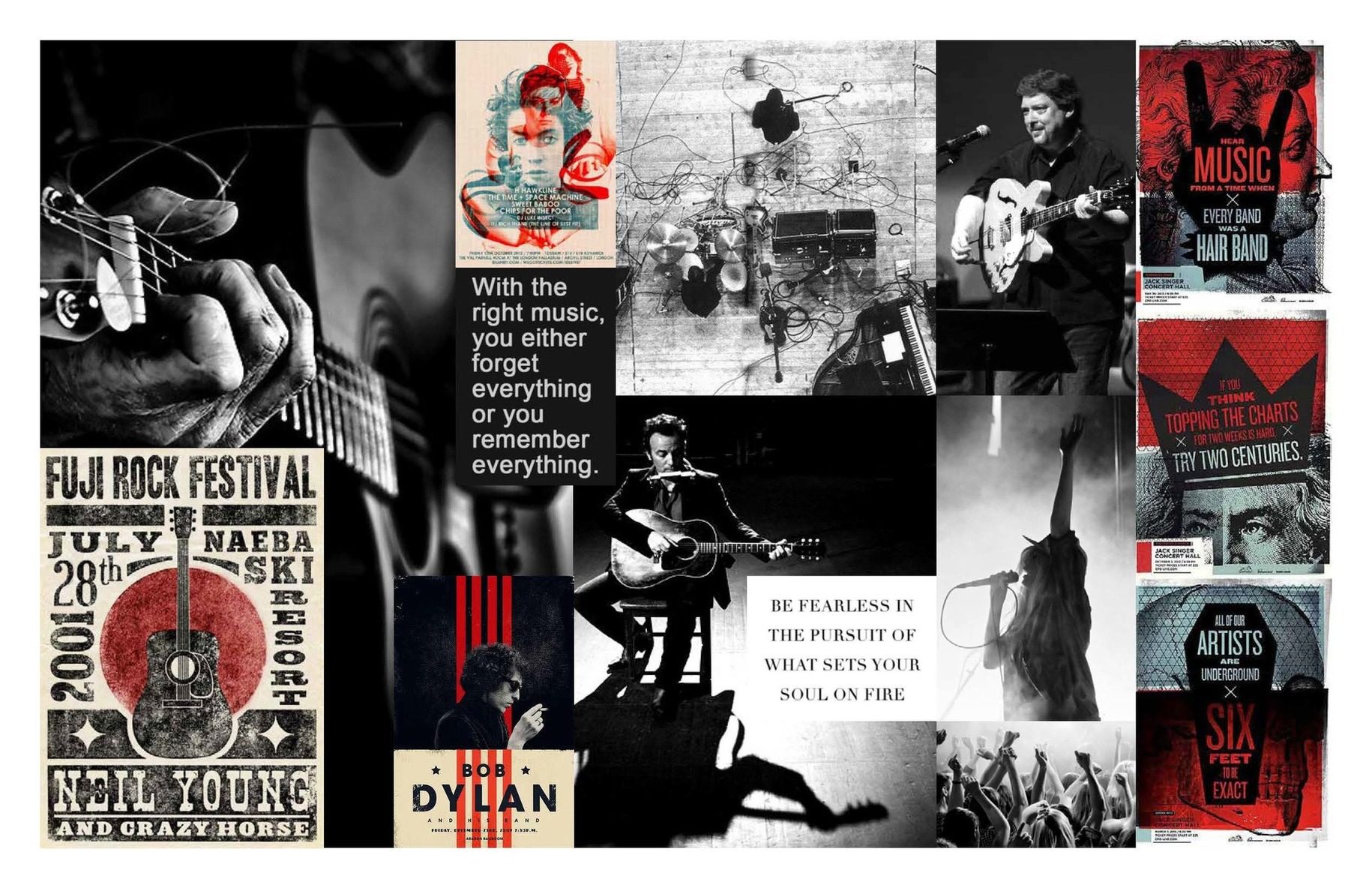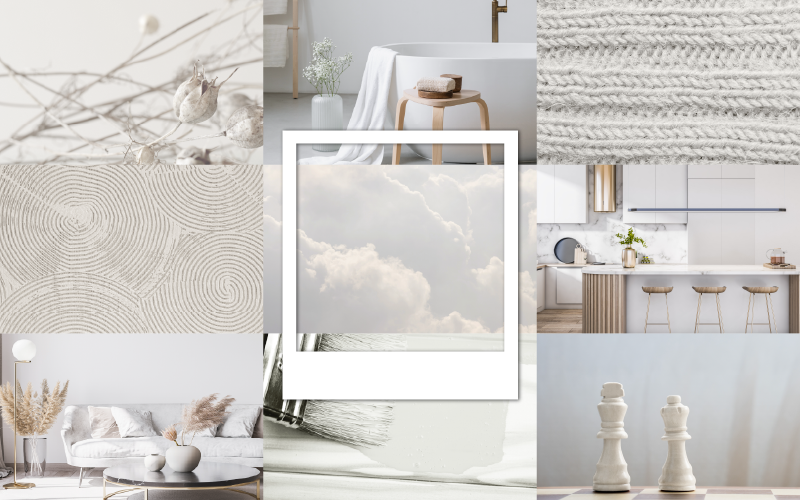Creative
I love the moment when my ideas about a branding project come together in my head to form a picture and lend clear direction to an identity or campaign.
Unfortunately, it’s not always easy for us to translate an overall look and feel into something others can understand. A blank canvas is a beautiful thing for a fine artist, but in graphic design, we need a foundation. The story is there; we just have to find it and bring it to life.
That’s why Wray Ward often uses mood boards. Mood boards use elements like photographs and words to set the look, tone and voice of a brand; these, in turn, create the mood or feel. Mood boards provide inspiration for creative teams and give stakeholders a taste of where things are going. Some mood boards may never be shown to a client; their only purpose is to get the creative team pointed in certain directions. Other times, mood boards help a client or prospect understand proposed concepts and share feedback before creative teams get too far down the rabbit hole.

Here are eight tips for using mood boards to collect ideas, establish direction and energize any campaign.
- Know your client or prospect. Take time to understand the soul of their brand. Are they passionate? Reserved? Fun? Serious? Your mood boards should reflect the brand’s personality.
- Don’t take a cookie-cutter approach. Some designers have mood board templates, but I believe in making our mood boards unique. No two brands are alike, so their mood boards should feel different. Think outside the box. For example, for one client, we recently took brand attributes and created a “mood book,” which is a completely different and original way of showing a brand’s soul. Bottom line: stay far away from templates, and you’ll do your work – and the brand – a favor.
- Use Pinterest. Pinterest has revolutionized the way creative professionals work, and mood boards are like Pinterest for brands. The visual bookmarking tool is a great launch pad for mood boards, and you’ll find them everywhere on the site. Just don’t forget to also put your mood boards on paper, which formalizes them.
- Make sure the board is cohesive. Creating mood boards is fun, but it’s not supposed to be easy. Searching for the best photo (instead of a photo that sort of works) is critical. Sometimes, I’ll find a great photo, but the color scheme isn’t quite right. I’ll either alter it in Photoshop or keep looking.
- Include some lifestyle images. Images that include people are the best way to humanize a brand and its story. Mood boards are about giving brands personality, and you can’t do that without people.
- Don’t forget words. Words and quotes are always a nice addition. They help set the tone and voice of the board and, conversely, the brand.
- Avoid color palettes. I see color palettes on a lot of mood boards, but I’ve always felt it’s better to represent potential color schemes through the images and words you choose. It can be dangerous to tie yourself into a specific color palette this early in the game. Save that for an identity presentation.
- Mood boards aren’t the law. A mood board is meant to be a representation of what a brand’s identity could feel like at the next level. It’s a beginning, not an end, and it should inform, not insist.
If you’ve never used mood boards, give them a shot with your next campaign or branding project. Regardless of how you use them, mood boards are a fantastic way to set a tone and guide big creative ideas.


